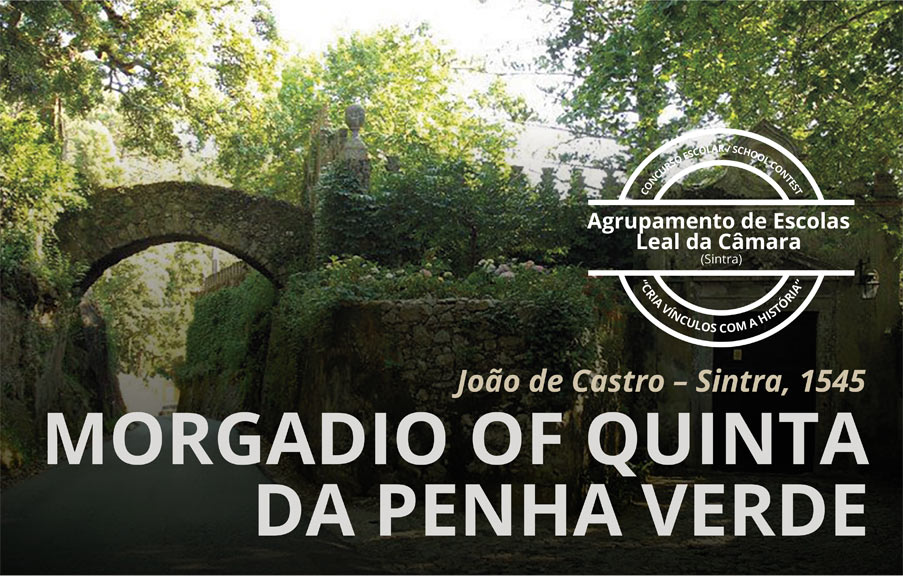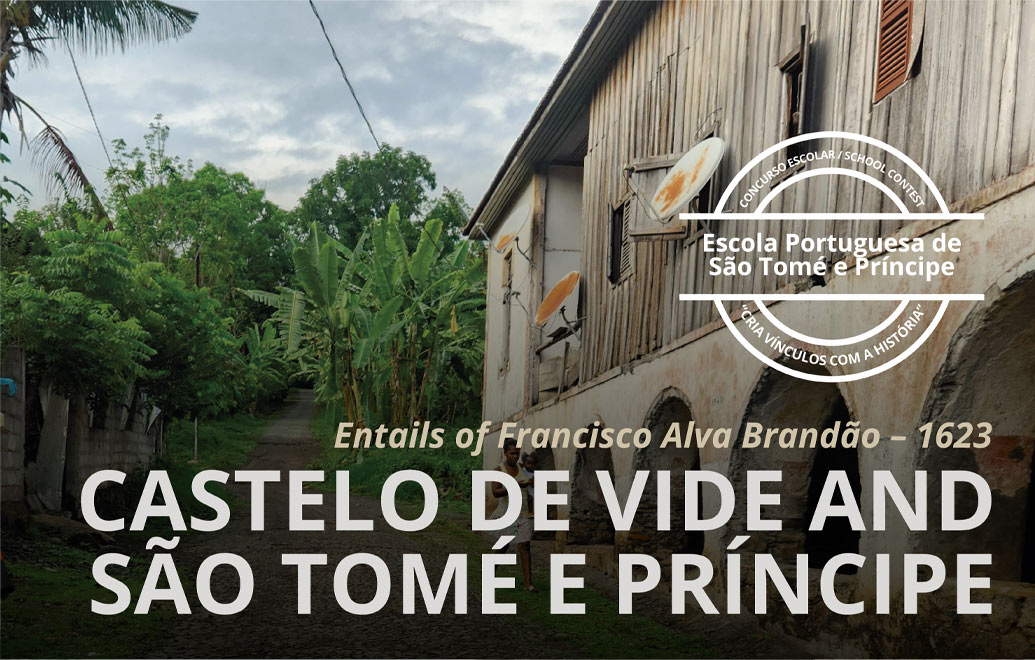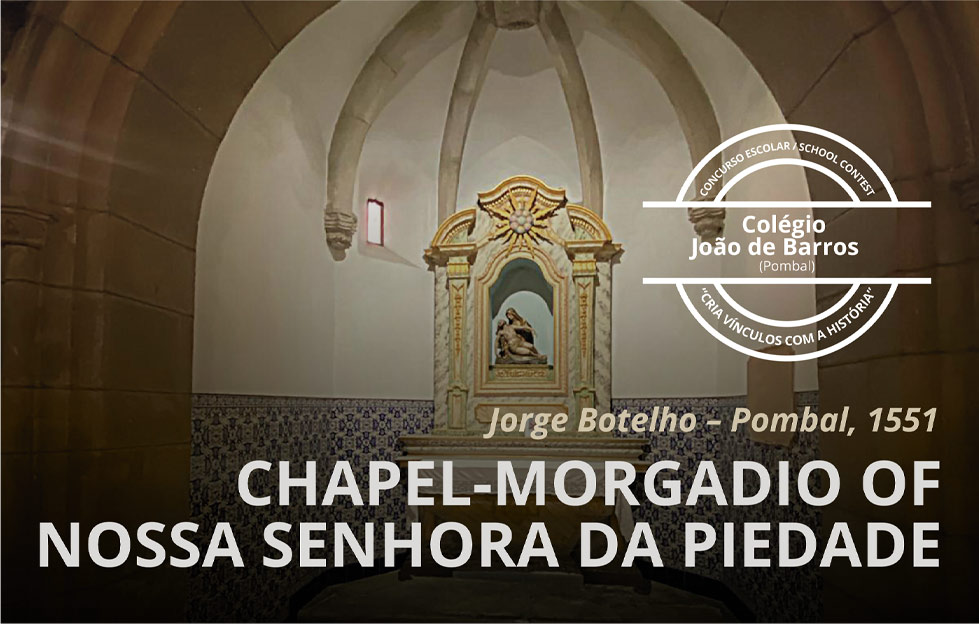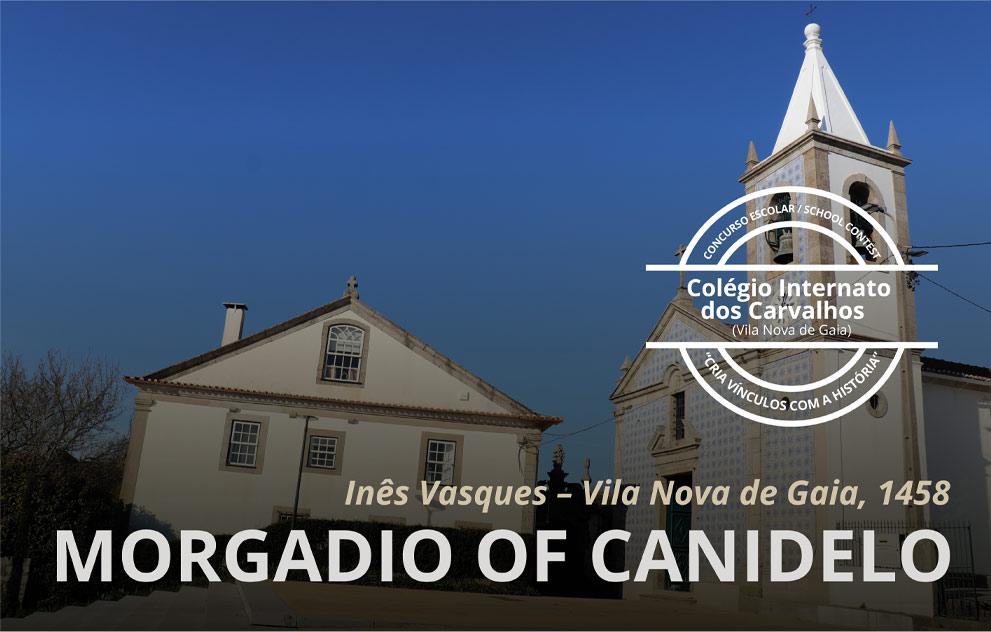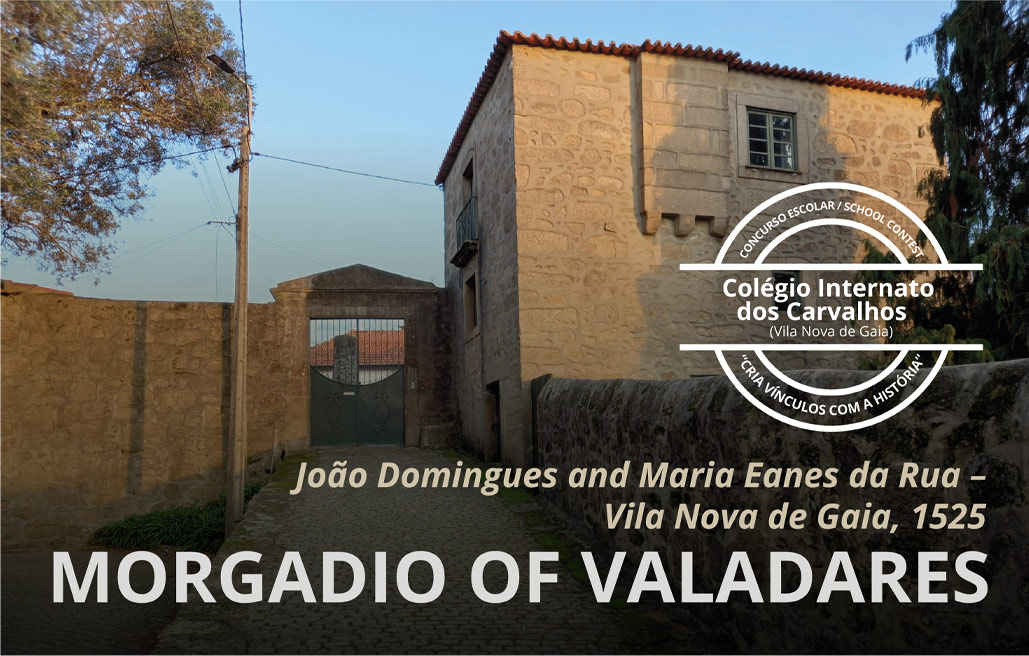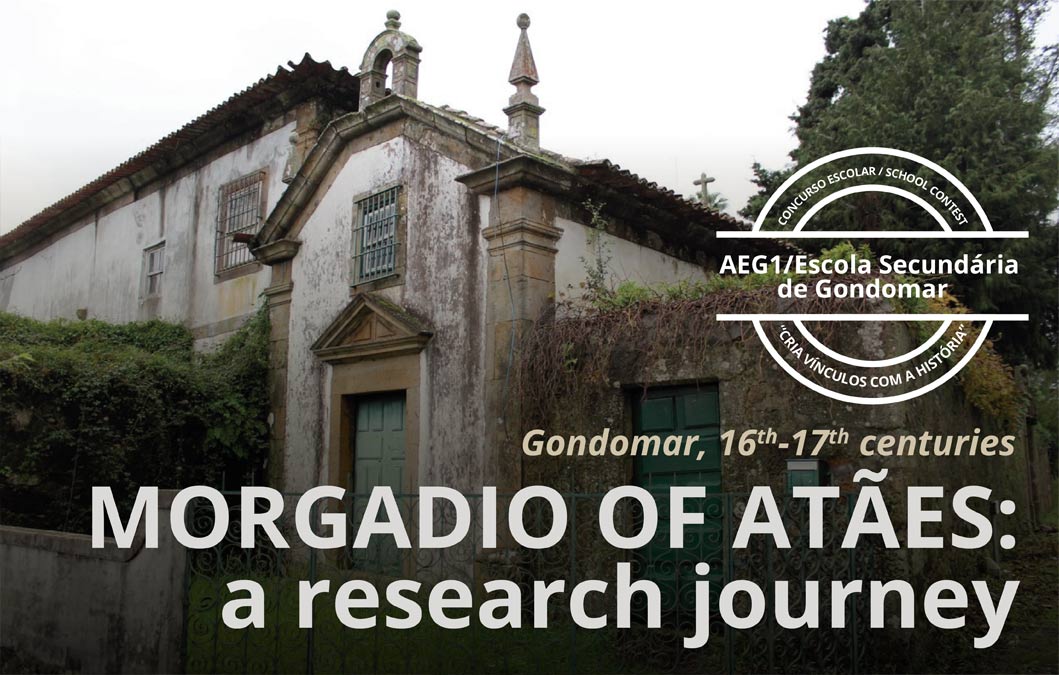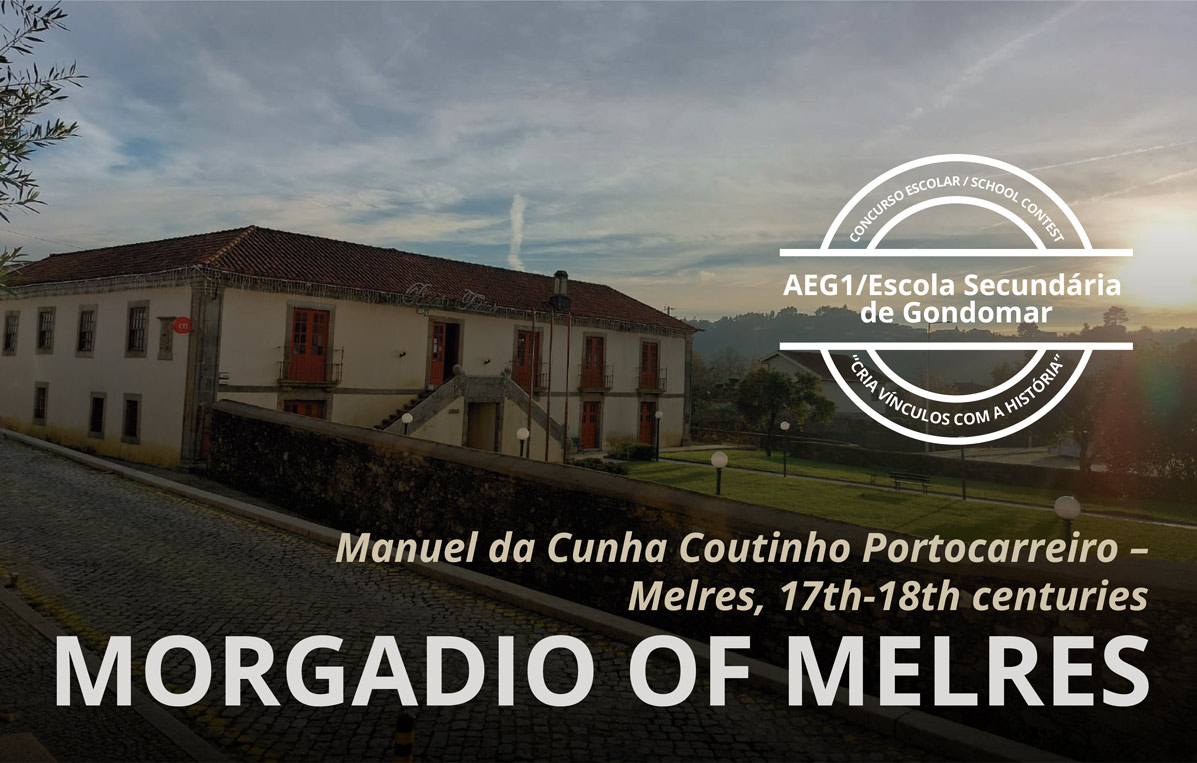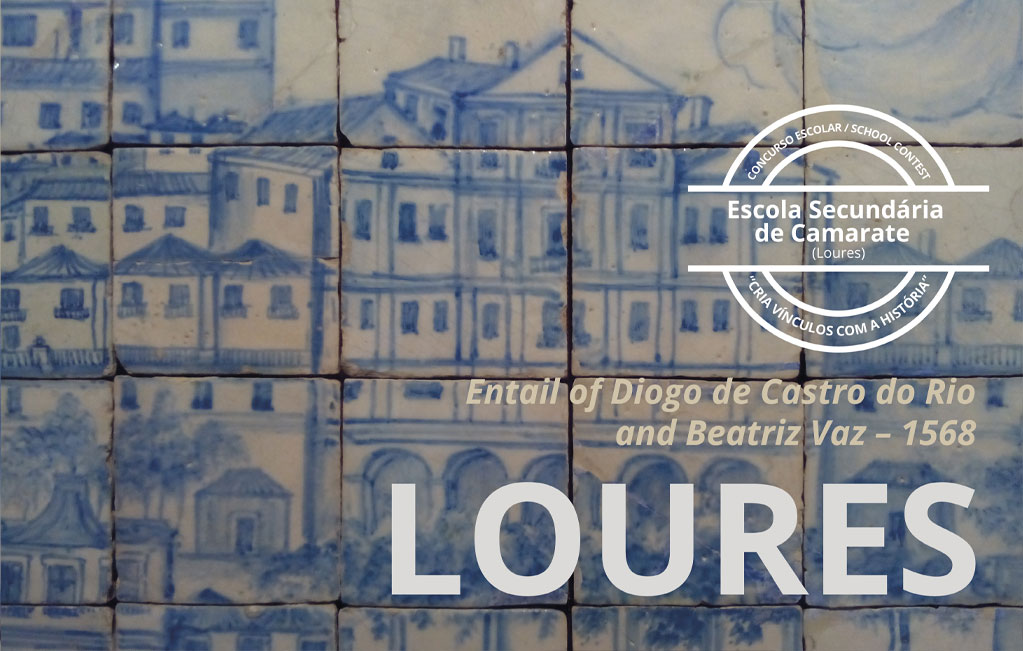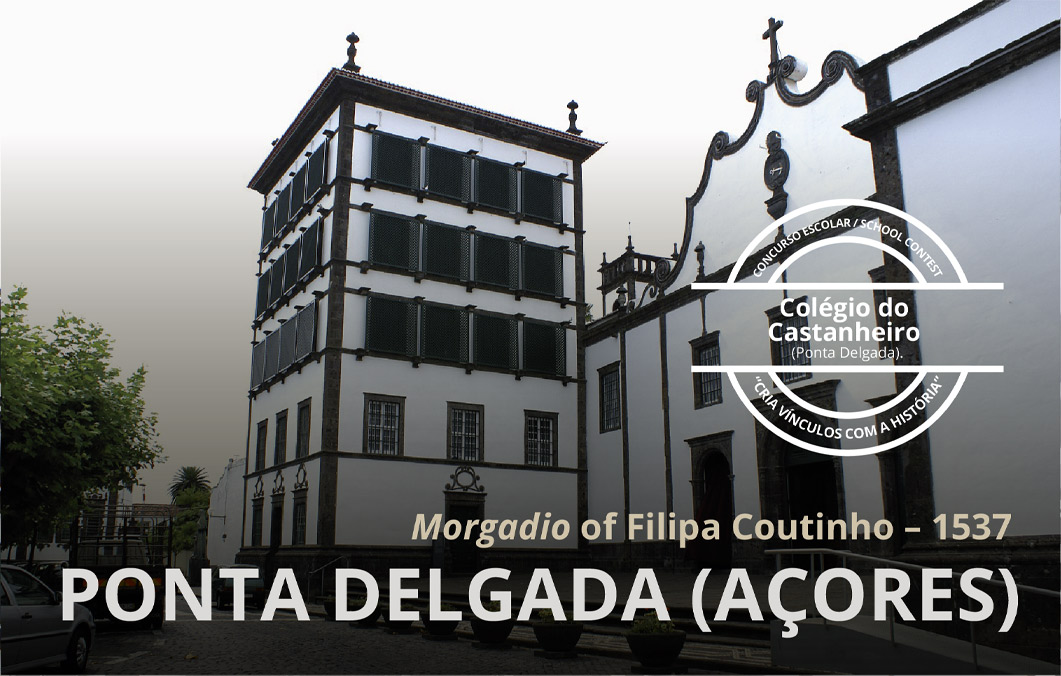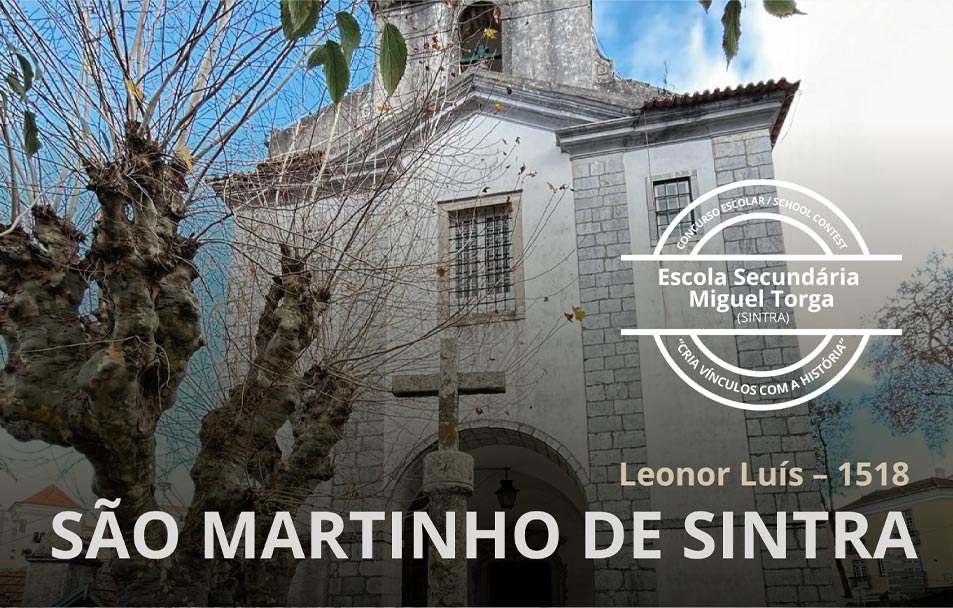Entail of the month (June, 2023)
Morgadio of Lobagueira
Rui de Figueiredo and Maria Correia, Encarnação, 1517
The morgadio of Lobagueira (located in what is now Encarnação, in Mafra), was established by will at Quinta de Ota, on April 23, 1517, by Rui de Figueiredo, clerk of the treasury of king João II and king Manuel, and his wife Maria Correia (daughter of Brás Afonso Correia). The closest ancestors of the founders came from the high royal officialdom: Rui de Figueiredo was the son of Henrique de Figueiredo, clerk of the treasury of king João II, and who, according to Garcia de Resende, was “a man whom the king highly regarded” (RESENDE, 1994: 431; SOUSA, 2007: 38). Maria Correia was the daughter of Brás Afonso Correia, a court official of king Manuel, before and after he ascended the throne (ROSA, 2012: 406 and following; COSTA, 2005: 62).
Portrait of Pedro de Figueiredo de Alarcão.
For this institution, the couple took the third part of their inheritance and their free assets (movable and patrimonial) “wherever they may be”, some farms in Lobagueira and Ribeira de Palhais and all the inheritance they had there, as well as a farmstead in Alcântara. The founders destined the entail to their second son, Henrique de Figueiredo, who had the obligation to have an annual mass said every Sunday in the chapel of Our Lady in the convent of São Bento de Xabregas where they were to be buried. In addition to these, he would have “one mass sung on the day of the Conception in the said convent, in the chapel where they lay”. The Franciscan priests would receive 3,000 réis each year for the masses, and three cloth habits, for the convent in greatest need. The heirs “to whom this morgadio came” had to use the third part of their inheritance to add to it “up to five hundred thousand reis” and this was ordered by the founders “under penalty of our blessing”. They also had the duty to fulfill their duties with an “honest conscience” and the morgadio should always be added and no part of it “exchanged, sold, pledged or traded” (ACBL, Testamentos, cx.12, no. 1).
Church of Encarnação.
Henrique died in 1520 and, as stipulated in the institution, the morgadio fell to his brother and firstborn son of Rui and Maria, Jorge de Figueiredo Correia, clerk of the treasury of king João III and captain donatory of Ilhéus da Baía (Brazil). Besides this entail, Jorge would inherit from his father the Quinta de Ota – bought in 1499, leased in 6$000 réis to the convent of Odivelas – and from his maternal grandfather, Brás Afonso Correia, the morgadio of Castelo – composed by houses and lands located mostly in Lisbon – gathering an important patrimony. In 1522 Jorge de Figueiredo Correia, applying his grandfather’s inheritance, added the farmstead of Ota with the purchase of more land. In 1549 he obtained against his brothers a sentence that definitively removed from the partition both this farmstead and the morgadio of Lobagueira, which, in future inheritances, were taken together (SOUSA, 2017: 149 ff.; ACBL, Sentenças, cx.25, no. 3).
During the first twenty years of the seventeenth century, Jorge de Figueiredo (grandson of Jorge de Figueiredo Correia) built on his land of Lobagueira a church dedicated to Nossa Senhora da Encarnação (Our Lady of the Incarnation). The morgado also used his position as a “very illustrious nobleman of the main nobility of this kingdom, related to all the great” to strengthen his dominion over the place, obtaining the privilege of the patronage of the same church (SOUSA, 2007: 189). His son Rui de Figueiredo de Alarcão – one of the noblemen who actively participated in the conspiracy that ousted king Filipe IV of Castile and placed on the Portuguese throne king João IV in 1640 – built in this church a grave for himself and his family and here would be buried his descendants with the respective solemn moments.
Propaganda pamphlet about the confirmation and granting by king José I of one more day of fair in Lobagueira.
Throughout the eighteenth century the Figueiredos contributed to the maintenance, construction and embellishment of the church of the Encarnação of Lobagueira. The biggest impulse occurred after 1713 with the permission granted by king João V to Pedro de Figueiredo de Alarcão (son of Rui) to hold two fairs (ANTT, Chancellery of D. João V, lv.7, fl. 295). After the 1755 earthquake the church became the parish seat and its importance is revealed in the change of the name of the place, which is now simply called Encarnação (enshrined in the Civil Code in 1835). The daughter of Pedro de Figueiredo de Alarcão, Madalena Luísa de Lencastre (married to Vasco da Câmara), inherited all the assests from her brother’s House, who died without descendants. In the second half of the eighteenth century she also inherited the so-called House of Belmonte, which eventually incorporated all the possessions of the Figueiredos (among them the morgadio of Lobagueira) and which, because of its importance and antiquity, opened the doors to the title of Count.
Index of the tombo of the House of Belmonte Archive (1807) with reference to the morgadio of Lobagueira, its properties and charges.
The instituion of the morgadio of Lobagueira was a “founding moment” that lasted over the centuries. Even after the abolition of the entails (1863) and the division of property among heirs, the church of the Encarnação remained in possession of the family that donated it, in the twentieth century, to the Patriarchate of Lisbon, with the obligation that two masses were to be prayed annually for the family: one for the living and one for the dead.
Maria João da Câmara
Coordination: Maria de Lurdes Rosa and Rita Sampaio da Nóvoa
Sources and bibliography
Belmonte House Archive (ACBL)
Arquivo Nacional Torre do Tombo (ANTT), Chancelaria de D. João V, lv.7, fl. 295
COSTA, João Paulo Oliveira e – D. Manuel I, Lisbon: Círculo de Leitores, 2005.
RESENDE, Garcia – Livro das Obras de Garcia de Resende – Vida e Feitos d’El Rey Dom João Segundo, Lisbon, Calouste Gulbenkian Foundation, 1994.
ROSA, Maria de Lurdes – As Almas Herdeiras, Lisbon: Imprensa Nacional Casa da Moeda, 2012.
SOUSA, Maria João da Câmara Andrade e – Da Linhagem à Casa: estratégias de mobilidade social num grupo familiar no Portugal moderno (séculos XVI-XVII). Faculdade de Ciências Sociais e Humanas (FCSH), Universidade Nova de Lisboa. Lisboa, 2007. Dissertação (Mestrado em História Moderna).
SOUSA, Maria João da C. Andrade e – O Arquivo da Casa de Belmonte séculos XV-XIX: identidade, gestão e poder. Faculdade de Ciências Sociais e Humanas (FCSH), Universidade Nova de Lisboa. Lisboa, 2017. Dissertação (Doutoramento em História, especialização em Arquivística Histórica).
Other entails of the month



